
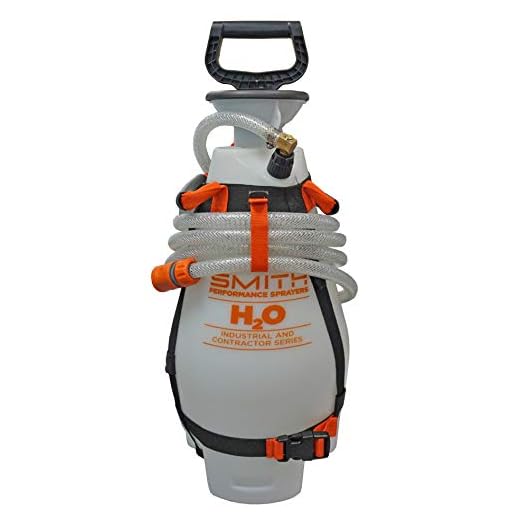

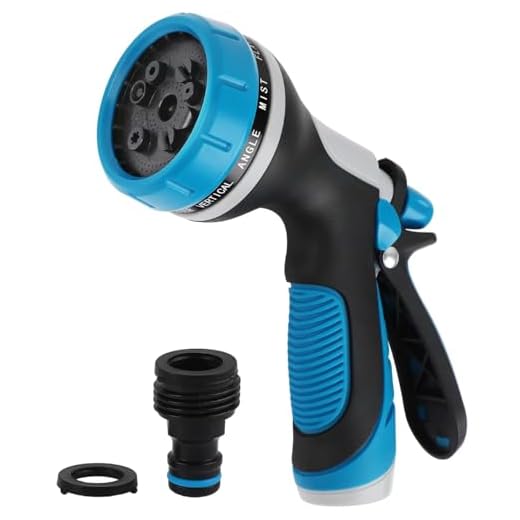
Mix one part concentrated surfactant with five parts water in a spray bottle to create a rich lather. This solution can be applied directly onto your vehicle’s surface or other outdoor surfaces in need of a deep clean.
Utilising a rinse bucket filled with clean water is vital. Dip a soft wash mitt into the bucket after applying the cleansing mixture to trap dirt effectively. This prevents scratching and ensures a better finish.
For larger areas, consider a garden sprayer. Fill it with the mixture for an even distribution and to cover extensive surfaces quickly. Adjust the nozzle for a fine mist to enhance the cleaning action.
After application, allow the mixture to dwell for several minutes before rinsing with a hose. This wait time increases the cleaning potential, breaking down tough grime and residues, leaving surfaces immaculate.
Completing the process with a drying towel will prevent water spots and streaks, ensuring every inch looks polished. Following these steps guarantees a thorough clean, enhancing the appearance while being safe for the surfaces involved.
Application Techniques for Lathering Agents without a High-Pressure Apparatus
To achieve optimal results with a lathering agent without relying on a high-pressure apparatus, begin with a conventional garden sprayer or a bucket and sponge method. A garden sprayer can effectively deliver the thick lather, allowing for even distribution across the surface of your vehicle.
Mix the product according to the manufacturer’s guidelines, usually at a dilution ratio of 1:10 or as suggested on the label. Fill the sprayer with the diluted mixture, ensuring not to exceed the volume limit to avoid spills.
Application Strategy
Start from the top of the vehicle and work downwards, ensuring a generous but even coating. Apply in sections to prevent the product from drying out before it can be rinsed off. Allow it to sit for about 5-10 minutes to break down dirt and grime.
For tougher stains, use a soft brush or mitt to agitate the lather gently, facilitating deeper cleaning without damaging the surface. Once completed, use clean water and a hose or bucket to rinse thoroughly. Ensure all residues are removed to avoid streaking. If you notice stubborn areas, a second application may be necessary.
Post-Application Maintenance
After rinsing, consider drying the vehicle with a microfiber towel to prevent water spots and enhance shine. Regular maintenance with this method prolongs the appearance and condition of the surface, keeping it in good shape.
Following these steps guarantees a beautifully clean surface, utilising readily available tools and products while avoiding the complexities of high-pressure cleaning devices.
Choosing the Right Snow Foam Shampoo
Opt for a pH-neutral shampoo to prevent damage to the surface of your vehicle. Ensure compatibility with the materials used in your car’s paintwork for optimal results.
Key Features to Look For

- Foam Density: A thicker consistency provides better adhesion to surfaces, enhancing cleaning performance.
- Lubrication Properties: A product with good lubrication reduces the risk of swirl marks during subsequent rinsing.
- Biodegradable Ingredients: Choosing an environmentally friendly option can benefit both your vehicle and the surroundings.
- Fragrance: Opt for a scent that you find pleasant, as this can enhance the overall washing experience.
Top Recommended Brands
- Autoglym: Known for its extensive testing and positive feedback. Provides a thick, clingy lather.
- F Snow Foam: Offers excellent lubricating properties and is safe for regular use.
- Gtechniq: Features a unique blend that effectively lifts dirt without harsh chemicals.
Experiment with different options to find the right match for your needs, ensuring a thorough clean without risking damage to your vehicle’s exterior.
Preparing Your Garden Sprayer for Application
First, ensure your garden sprayer is clean and free from any previous chemicals. Rinse it thoroughly with water to avoid contamination. The effectiveness of the cleaning solution relies on a clean environment.
Next, check the sprayer’s nozzle. A fan or adjustable nozzle will provide better coverage, essential for an even application. If your sprayer has filter screens, inspect and clean them to prevent clogs during use.
Mixing the Cleaning Solution
Follow the manufacturer’s instructions for mixing the cleaning solution, ensuring the correct ratio of detergent to water. Use a measuring jug for accuracy. Pour the mixture into the sprayer’s tank, leaving some space at the top to allow for shaking.
Testing a Small Area
Before applying to the entire surface, test a small, inconspicuous area. This step identifies any adverse reactions and allows you to adjust your dilution if necessary. Observing how the surface reacts will guide you in achieving the desired results.
Once everything is set, securely fasten the sprayer’s cap. Shake gently to mix the solution thoroughly before application. This preparation will make the cleaning process simpler and more effective.
Mixing Snow Foam Correctly for Optimal Results
For the best outcome, mixing the cleaning solution accurately is crucial. I recommend using a specific ratio to ensure maximum effectiveness. A common guideline is to mix 200-300ml of the concentrated liquid per 1 litre of water. This ratio provides a balance that maximises suds and dirt-lifting capacity.
Steps for Mixing the Solution
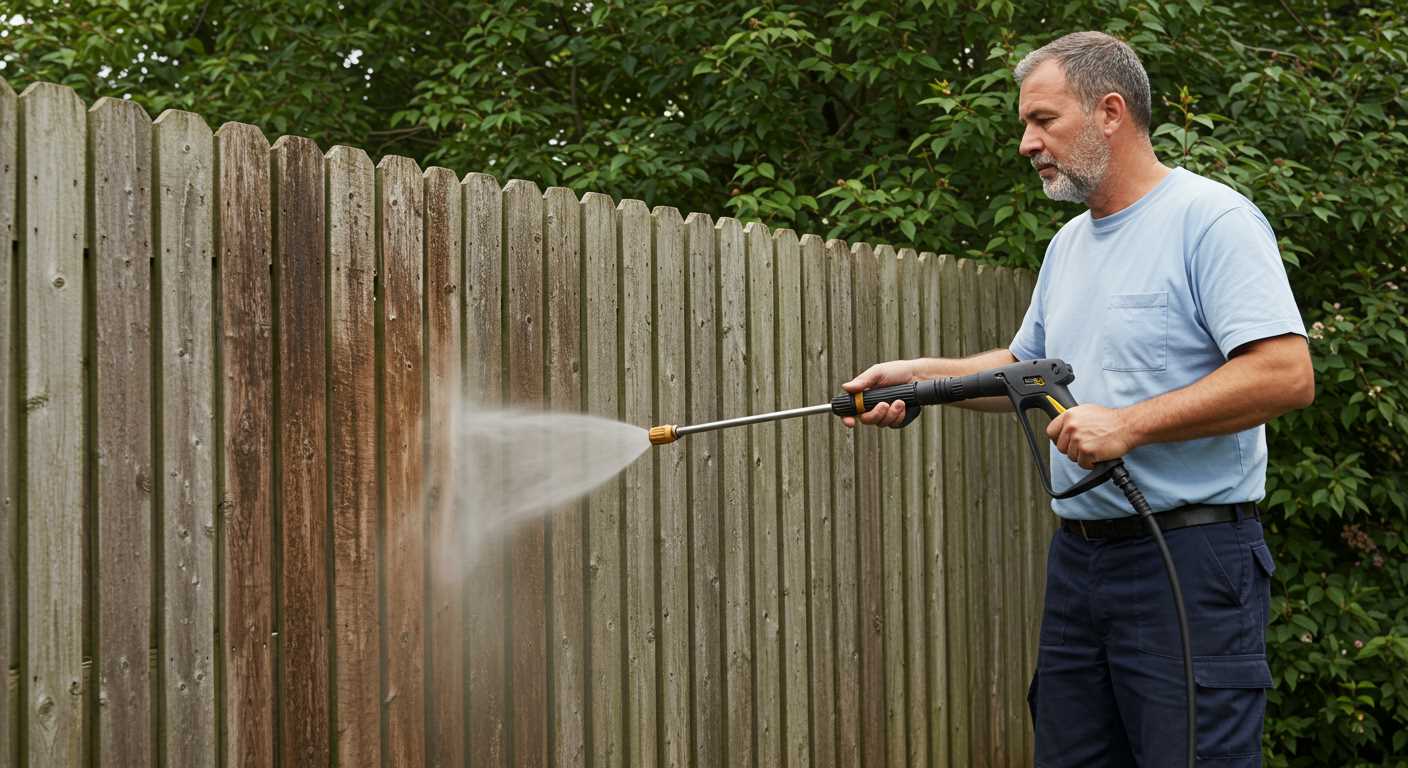
- Start with a clean container. Any residue can interfere with the performance.
- Add the required amount of concentrated cleaner into the container.
- Slowly pour in warm water. Warm water helps the cleaner dissolve better, enhancing its efficacy.
- Seal the container and shake vigorously for a few seconds to ensure thorough mixing.
- Check the consistency; it should be thick and frothy but still pourable.
Additional Tips
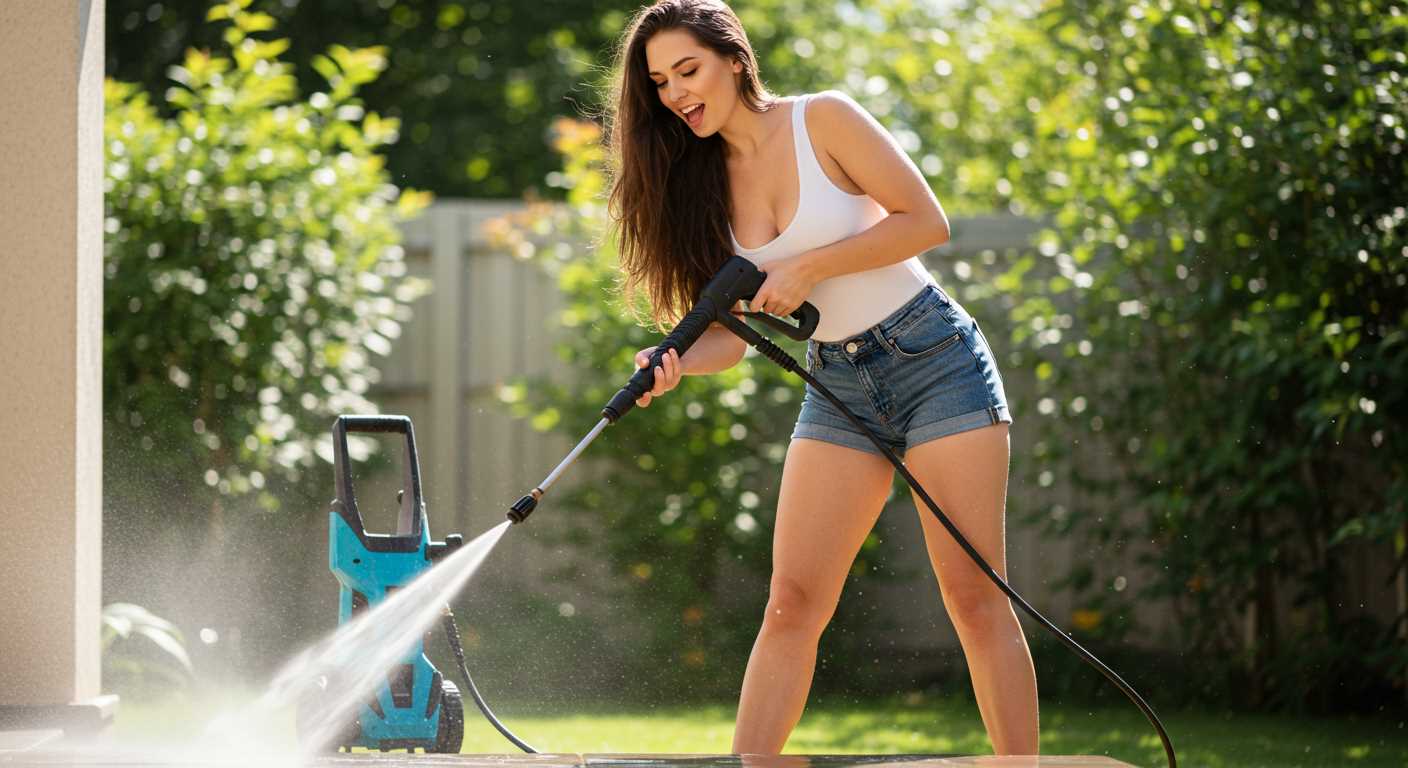
- Always refer to the specific instructions or manufacturer’s guidelines for the product being used, as different brands may have varying recommendations.
- Consider the hardness of your water. Hard water might diminish the performance, so using distilled or softened water is preferable if available.
- Don’t mix with other cleaning products unless explicitly stated, as this can reduce effectiveness or create harmful reactions.
Mixing thoroughly ensures that the suds cling better to surfaces, allowing them to encapsulate dirt and grime effectively. This preparation phase has a significant impact on the quality of the cleaning. Following these guidelines will lead to impressive results in your cleaning task.
Application Techniques for Even Coverage
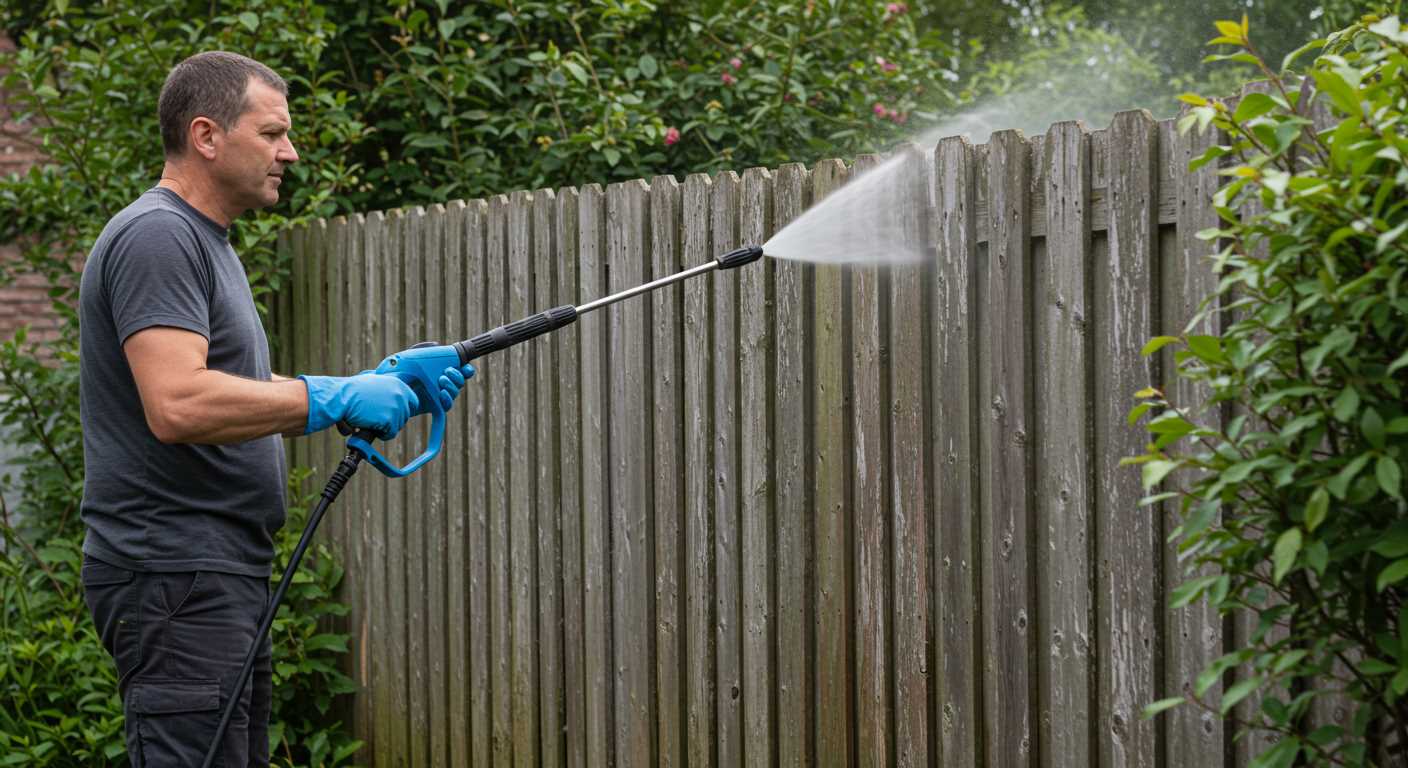
I recommend starting with a clean, dry surface for optimal results. Begin by thoroughly rinsing the area with water to remove loose dirt and debris. This ensures that the solution adheres properly. Next, fill your sprayer with the prepared cleaning solution, ensuring it is well-mixed.
When applying the product, maintain a consistent distance of approximately 30 to 45 centimetres from the surface. This distance helps to prevent uneven application and ensures a thorough coating. Aim to apply the solution in a sweeping motion, moving from top to bottom. This method allows for gravity to assist in spreading the liquid evenly across the surface.
To achieve uniform coverage, consider working in sections. This approach allows you to focus on one area at a time and ensures that the solution has adequate time to dwell before rinsing. I find it beneficial to overlap each stroke slightly with the previous one, creating a continuous layer of solution.
After application, allow the cleaner to sit for 5 to 10 minutes, but avoid letting it dry out. If necessary, lightly mist the surface with water during this time to keep it damp. Finally, rinse thoroughly using a garden hose fitted with a nozzle for an effective finish, ensuring all residues are removed from the area.
Best Practices for Rinsing Off Snow Foam
A strong garden sprayer and a good rinsing technique are key for effectively removing the product. Begin rinsing from the top of the surface downwards. This ensures that the solution, along with any loosened dirt and grime, flows down and away, preventing redepositing on already cleaned areas.
Utilise a stream nozzle or adjustable nozzle on your garden sprayer. A wider spray pattern can cover more area quickly, yet a narrow stream can be more effective in targeting stubborn residues. Adjust based on the condition of the surface you’re working on.
Pay attention to the water temperature; warm water can enhance the ability to remove residues. If possible, fill your sprayer with warm water to boost the rinsing efficiency. However, avoid extremely hot water, as it may damage some surfaces.
Ensure thorough coverage by moving methodically. Avoid rushing the process; give the rinse time to work, especially on thick layers. Allow tap water to flow over the surface for a minute or two at a time before the next pass.
Check for missed spots regularly. After an initial rinse, visually inspect the surface for any remnants. If necessary, repeat the rinsing in those areas to guarantee a spotless finish.
Lastly, consider the local environment; rinsing practices may vary due to water regulations or restrictions. Always adhere to guidelines that ensure water conservation and environmental protection while cleaning.
Using a Microfiber Cloth for Detailing After Application
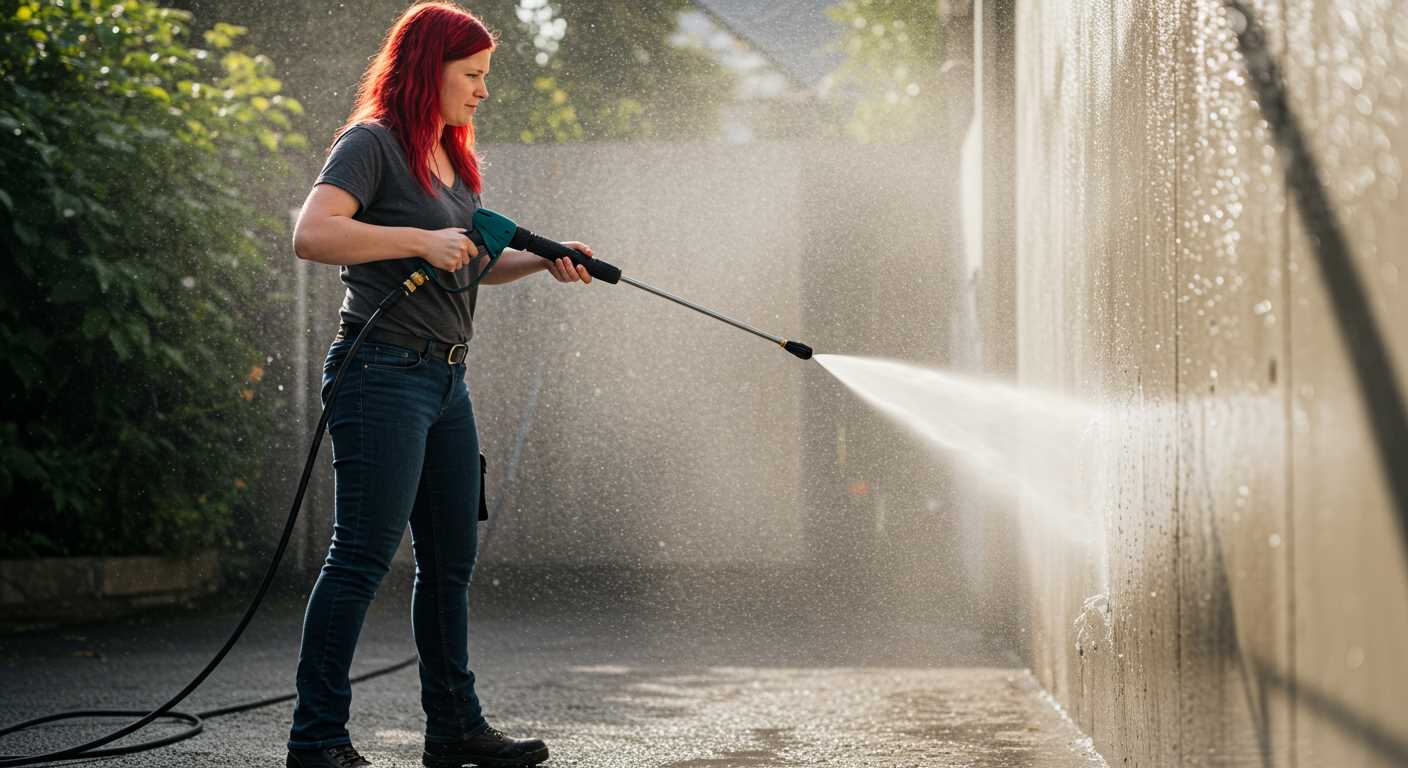
To achieve a polished finish after applying the cleaning agent, I rely on high-quality microfiber cloths. These cloths trap dirt and debris effectively, preventing scratches on delicate surfaces. Before starting, ensure the cloth is clean and free from any previous contaminants.
Technique for Optimal Results
After the cleaner has been rinsed off, I dampen the microfiber cloth slightly to avoid any friction during the detailing process. Working in sections, I fold the cloth into quarters to maximise surface area and control. Use quick, straight motions to lift off any remaining residue, applying moderate pressure for best effectiveness.
Post-Detail Care
Once the detailing is complete, I recommend washing the cloth thoroughly to maintain its performance. Machine wash on a gentle cycle with mild detergent and avoid fabric softeners, as they can diminish the cloth’s absorbency. Air drying is preferable to preserve the material’s integrity.
Maintenance Tips for Future Snow Foam Usage
Regularly clean your sprayer after each application. Residue can build up over time, affecting the performance of your equipment. Disassemble the sprayer components and rinse them thoroughly with clean water to remove any leftover product.
Inspect seals and hoses for wear or damage. Replace any components that show signs of deterioration to prevent leaks and ensure consistent application in the future.
Store the sprayer in a cool, dry place to avoid freezing during colder months. Fluctuations in temperature can cause damage to the unit, leading to costly repairs.
Keep a log of products used, mixing ratios, and any adjustments made during application. This record helps optimise your technique and ensures you achieve the best results with each session.
Periodically test the output pressure and spray pattern. Adjustments may be necessary to maintain effectiveness, particularly if you change product brands or formulations.
Consider rinsing your equipment with water after using different chemicals to prevent cross-contamination. This practice safeguards the integrity of future applications.
| Tip | Description |
|---|---|
| Clean After Use | Remove leftover residue by rinsing all components with water. |
| Inspect Parts | Check hoses and seals for damage to ensure proper function. |
| Proper Storage | Keep equipment in a dry environment to prevent freezing. |
| Maintain a Log | Document products and techniques for consistency in results. |
| Test Output | Regularly check pressure and spray pattern for adjustments. |
| Rinse Equipment | Cleansing the sprayer after using different chemicals prevents issues. |









